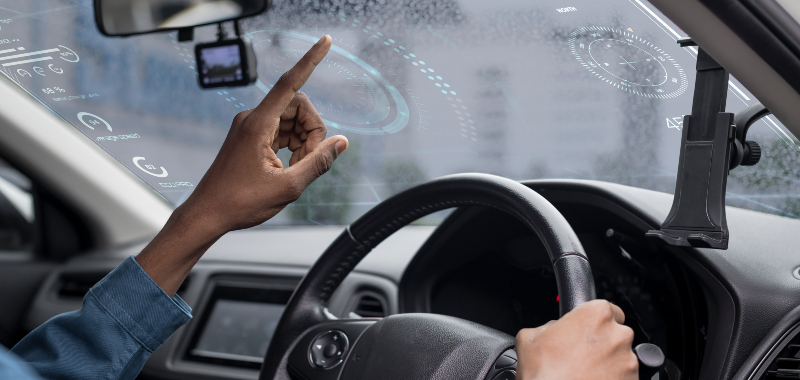
The use of autonomous vehicles and their legal framework
The introduction of autonomous vehicles ( AVs ), also known as driverless cars, is radically transforming the transportation industry. As we move towards a future where AVs will be an increasingly common presence on our roads, there is a pressing need to thoroughly examine their legal framework and the regulations that govern them .
Current regulations for autonomous vehicles
Levels of autonomy, standardized globally by SAE International and the International Organization for Standardization (ISO), have outlined six categories for VAs :
- Levels 0 to 2: These vehicles require the presence of a human driver to operate and range from momentary assistance functions to more automated assistance in steering and acceleration/braking. They are common in driver assistance systems such as adaptive cruise control and automatic parking.
- Level 3: At this level, the vehicle can drive itself under certain conditions, but the driver must be prepared to intervene when necessary. Although Level 3 VAs are expected to be more autonomous, they still require human supervision.
- Levels 4 and 5: These levels represent total autonomy, without the need for a driver on board. Level 4 VAs can operate in specific circumstances, while Level 5 VAs can operate in any driving situation without human intervention.
Current challenges
Currently, one of the main challenges faced is the state of the current technology of autonomous vehicles . The vast majority of commercial AVs are at autonomy levels 0 to 2. This technological limitation means that these vehicles still rely heavily on the supervision of a human driver to operate in public environments.
Furthermore, in terms of future perspectives, there is an arduous path towards level 5 of full autonomy. Reaching this level will require decades of technological advances and integration. Close collaboration between manufacturers, regulators and safety experts is revealed as an essential element to achieve a safe transition to full autonomy. This challenge involves not only the development and refinement of the technology itself, but also the development of appropriate regulatory frameworks and the implementation of rigorous safety measures to ensure the reliability and effectiveness of autonomous vehicles in all driving conditions.
Other regulatory challenges
In addition to the technological challenges mentioned, there are a number of crucial regulatory challenges that must be addressed with special attention to ensure effective and safe integration of autonomous vehicles in our evolving society.
One of these challenges is protecting the privacy and security of data collected by autonomous vehicles. As these vehicles collect a large amount of data about their environment and users, concerns arise about how this data is stored, used and protected to prevent potential privacy breaches and cybersecurity risks.
Furthermore, it is essential to establish a precise definition of legal responsibilities in the event of accidents or system failures. This involves determining who bears responsibility in situations where an autonomous vehicle is involved in an accident, whether due to an error in the autonomous system, manufacturer negligence, or improper human intervention.
Adapting insurance policies and driving licenses to address the particularities of autonomous vehicles also represents a significant challenge. Insurance companies need to develop policies that cover the unique risks associated with autonomous driving, while driver licensing bodies should review and update training requirements to ensure drivers are prepared to safely interact with autonomous vehicles. .
Finally, the establishment of regulations that regulate the interaction of autonomous vehicles with traditional vehicles on public roads is essential to guarantee the safety and efficiency of the transportation system as a whole. This includes the creation of communication standards between vehicles and the implementation of behavioral protocols that facilitate harmonious coexistence between different types of vehicles on the road.
Ultimately, the legal framework for autonomous vehicles must continually evolve to ensure a safe transition to an autonomous future. This process must take into account both technological innovation and the protection of the security and rights of users at all times.
At Letslaw we are Digital Lawyers with wide experience, and we can help you with everything you need.

Letslaw es una firma de abogados internacionales especializada en el derecho de los negocios.







